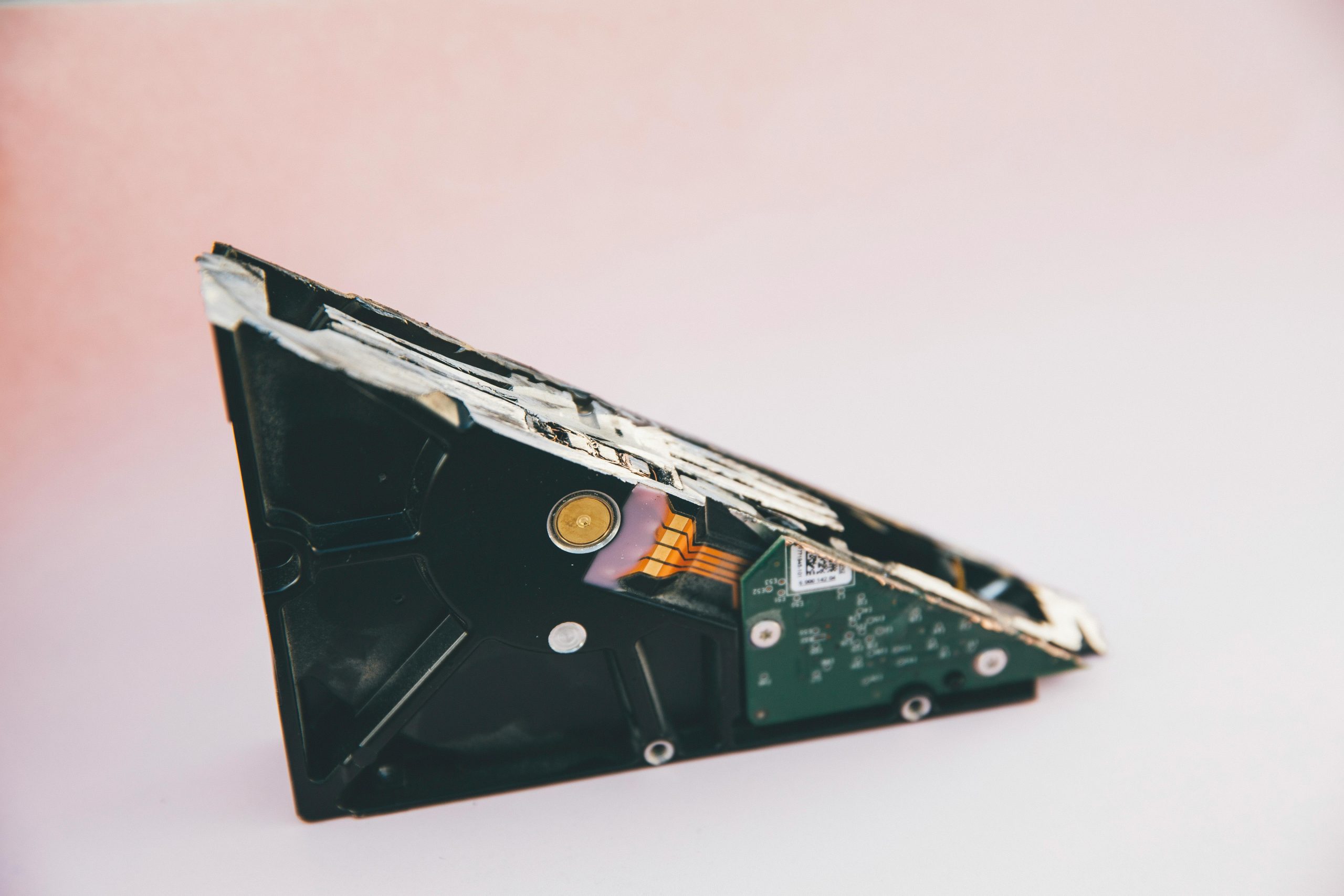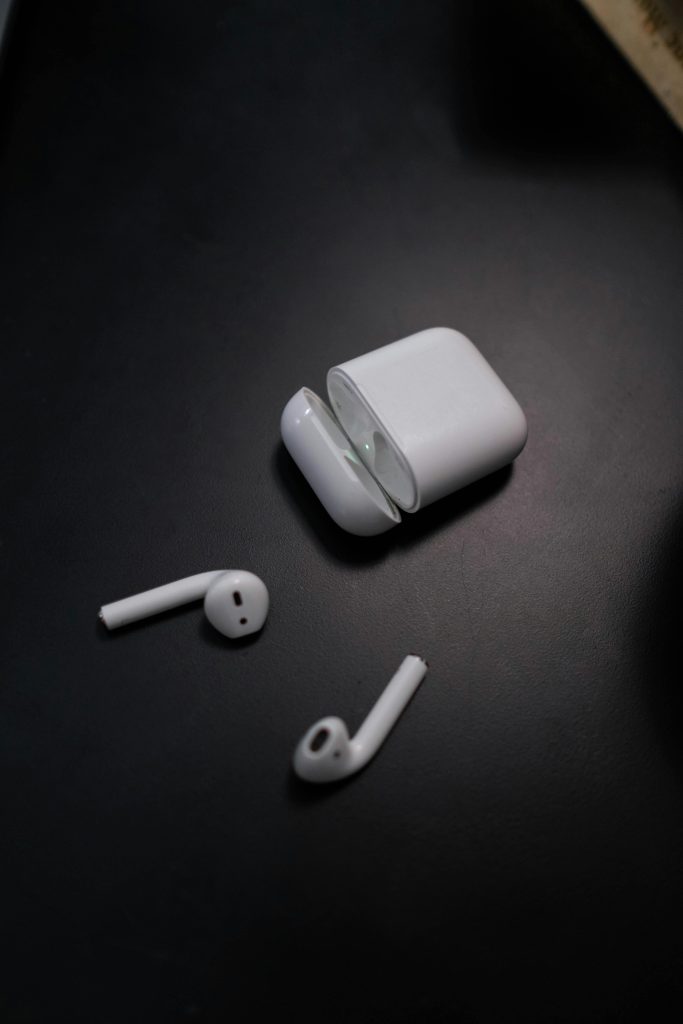Troubleshooting a Persistent Automatic Repair Loop on Your Windows 10 PC: Risks and Data Recovery Strategies
Encountering persistent startup issues on your Windows 10 PC can be a frustrating and worrying experience, especially when accompanied by confusing error messages and the potential risk of data loss. Recently, many users have reported encountering an endless automatic repair cycle, with errors referencing log files like SrtTrail.txt, along with difficulties entering Safe Mode or reinstalling Windows. This article aims to provide a clear overview of such issues, discuss potential causes—such as hard drive failures—and outline best practices for safeguarding your data during troubleshooting.
Understanding the Automatic Repair Loop and Associated Errors
When Windows fails to start properly, it often attempts automatic repairs, which can sometimes trap the system in an infinite loop. Common symptoms include:
- Continuous restart cycles with no successful boot.
- Error messages pointing to log files, notably:
Log File: D:\Windows\System32\Logfiles\Srt\SrtTrail.txt - Inability to access Safe Mode or reinstall Windows through standard methods.
- Suspiciously minimal file listings or missing data on seemingly active drives.
Recognizing the Warning Signs of Drive Issues
A key concern often emerges around the health of your storage drives. For instance, if executing commands like dir on your C: drive shows only a single file or indicates 0 bytes, this could signify drive corruption or failure. Additionally, running diagnostics, such as chkdsk /f, may reveal extensive filesystem errors or bad sectors.
In a recent case, executing chkdsk commands on both the C: and D: drives produced a flood of streaming output, hinting at underlying disk issues. It is crucial to interpret these results carefully, as they can provide insights into the physical state of your drives.
Diagnosing Drive Models and Compatibility
Determining exact drive models can sometimes be confusing, especially if commands like wmic diskdrive get model,serialNumber,size,mediaType list multiple drives with similar or identical descriptions. Ensuring you correctly identify which drive is the primary C: partition is vital before performing any operations—particularly risky ones like formatting or replacing drives.
Best Practices for Data Preservation Before Troubleshooting
Your foremost priority should be data safety. If your files are valuable and appear accessible, consider the following steps:
- Remove the Drives: Detach your SSD and HDD from the system and connect them to another working
Share this content:



